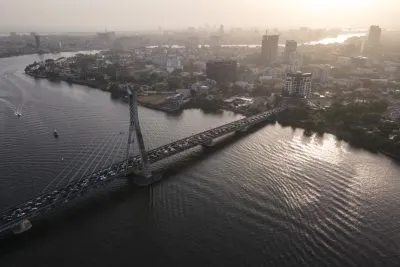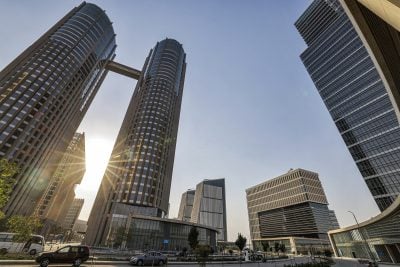Attijariwafa Bank, Morocco, is the top-ranked bank in our North African regional table this year, with Tier 1 capital of $4.1bn, up from $3.0bn in last year’s survey.
It changes places with Banque Centrale Populaire (BCP), despite the latter increasing its capital from $3.3bn to $3.6bn. Another Moroccan company, BMCE Bank, moves up four places from seventh to third, to complete a Moroccan top three. There are eight Moroccan banks in the North African top 25 and three each from Algeria and Tunisia, but Egypt leads the way with 11.
BCP continues to expand its operations south of the Sahara. It now owns a 50% stake in Banque Atlantique, which operates in Benin, Burkina Faso, Côte d’Ivoire, Mali, Niger, Senegal and Togo, allowing the Moroccan company to take advantage of their common French language and legal systems.
In September, BCP announced a 12.7% rise in half-year profits to D1.1bn ($128m), although it also registered a 13% increase in bad debts. However, Banque Atlantique performed much more strongly, with a 61% increase in loans and a 37% rise in deposits.
One of the biggest developments in the Moroccan banking sector is the emergence of Islamic banking. The Islamic Banking Bill is currently being debated in parliament but there is some disagreement over how to combine religious and economic regulation of new Islamic banks, plus a fear that the creation of parallel markets could threaten the strength of the established banks.
North African banks in general have had a very good year, both in comparison with other years and in comparison with other parts of the continent. Most banks have registered higher profits and Tier 1 capital. Banque de l’Habitat takes 25th position this year with Tier 1 capital of $408m, a big increase on the $327m capital that the same bank needed to take the same spot this year.
With by far the biggest economy in the region, Egypt has the potential to be a huge player in the African banking sector and it is its potential that keeps so many Egyptian banks in our Top 100 African banks.
According to data from the Central Bank of Egypt, the banking sector’s total assets grew by 17% during the course of 2013, in local currency, to $242.2bn.
This seems impressive and is indeed praiseworthy, but is largely the result of a recovery following years of greater political and economic insecurity. Over the same period, total deposits increased by 20.6% in Egyptian pounds, although just 10.4% in US dollar terms.
Egyptian banks have played a big role in supporting Cairo’s budget by providing a convenient local market for treasury bonds.
The state’s involvement in bank ownership certainly plays a role on this front, as does the profit generated by state-owned banks, such as Banque du Caire, which recorded a pre-tax profit of E£1.4bn ($195m) in 2013, up 22.48% on the previous year.
Three state-owned banks account for 70% of the market, but the government has yet to finalise any plans for privatisation.
However, the banking market should receive a boost from the Central Bank’s decision to launch a 20-year programme to stimulate the housing and property markets by offering E£10bn ($1.39bn) at discounted rates to Egyptian banks prepared to offer mortgages to workers on lower wages.
Want to continue reading? Subscribe today.
You've read all your free articles for this month! Subscribe now to enjoy full access to our content.
Digital Monthly
£8.00 / month
Receive full unlimited access to our articles, opinions, podcasts and more.
Digital Yearly
£70.00 / year
Our best value offer - save £26 and gain access to all of our digital content for an entire year!
 Sign in with Google
Sign in with Google 



